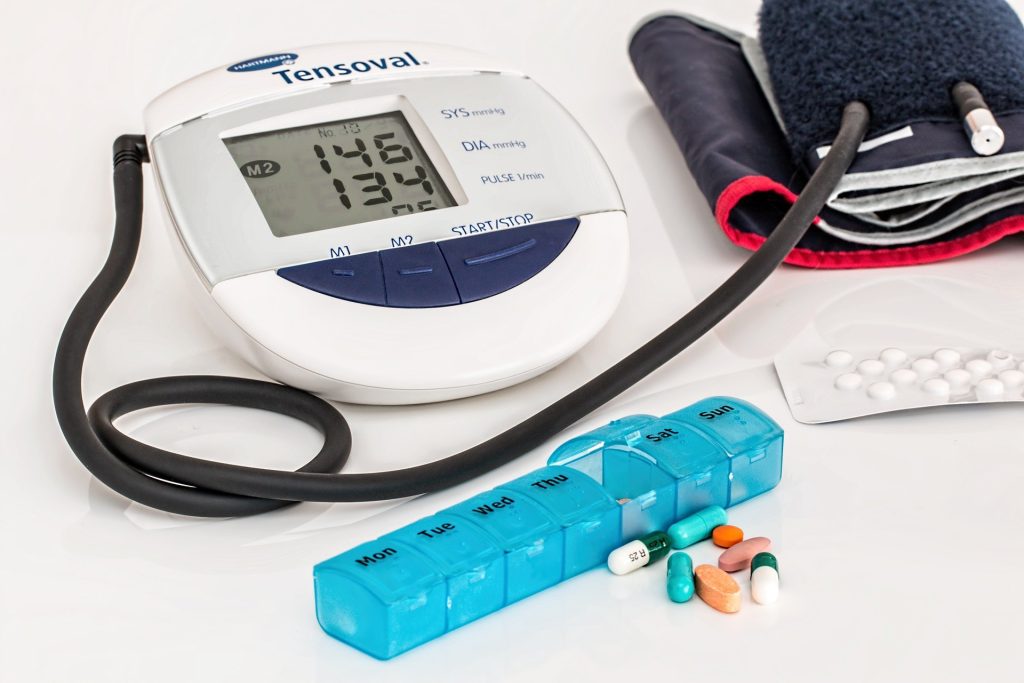Even Low-level IBD is a Risk Factor for Serious Infection

A study using Swedish health registers had found that inflammatory bowel disease (IBD) is an independent risk factor for serious infection, even at very low levels of gastrointestinal inflammation.
IBD is an umbrella term for chronic inflammatory bowel diseases, with a population prevalence of around 0.5%. The main types of IBD are ulcerative colitis and Crohn’s disease. Unlike irritable bowel syndrome (IBS), IBD results in visible damage to the intestinal mucous membrane.
In IBD, periods of high disease activity are sometimes followed by longer periods of low or no activity. However, the extent to which IBD patients with low disease activity are also at increased risk of serious infections, including sepsis, has been unclear.
The current study, published in the journal Clinical Gastroenterology and Hepatology, included data on more than 55 000 people diagnosed with IBD. ‘Serious infections’ was defined as infections requiring hospitalisation.
The difference between healed and unhealed
The results show that during periods of low disease activity but active gastrointestinal inflammation, known as microscopic inflammation, there was an increased risk of being affected by serious infections compared to periods of microscopically healed intestinal mucosa.
In the case of microscopic inflammation, the number of serious infections was 4.62 per 100 people per year. The corresponding figure for microscopically healed mucosa was 2.53. This corresponded to a 59% relative risk increase for residual microscopic gastrointestinal inflammation, on adjusting the results for various confounders.
Interestingly, the results held true even after adjusting for the prescribed IBD medications, and were otherwise similar regardless of age group, sex, and level of education.
Healing provides important protection
First and corresponding author Karl Mårild, an associate professor in paediatrics at the University of Gothenburg’s Sahlgrenska Academy, explained: “We have shown that even during periods of microscopic intestinal inflammation, IBD patients have an increased risk of serious infections, including sepsis, compared to periods when they have a microscopically healed mucosa. This is also true for patients who appear to have low-active disease in clinical terms, but who have microscopic intestinal inflammation beneath the surface.
“The results indicate that achieving a fully healed intestinal mucosa in IBD may reduce the risk of serious infections. This is important, as serious infections currently contribute toward increased morbidity and mortality in both children and adults with IBD.”
The results from the study are based on data from a national cohort (ESPRESSO) with information from Swedish health registers, and from the quality register for IBD (SWIBREG) on people in Sweden diagnosed with IBD between 1990 and 2016. This information was linked to data from microscopic intestinal examinations of patients with IBD.
Source: University of Gothenburg





